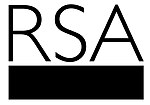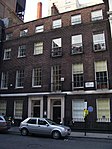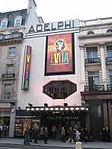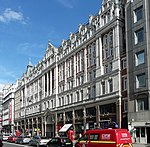Adelphi, London
Areas of LondonBuildings and structures in the City of WestminsterCity of WestminsterDistricts of the City of WestminsterEngvarB from June 2013 ... and 3 more
Georgian architecture in LondonHousing in LondonRobert Adam buildings

Adelphi (; from the Greek ἀδελφοί adelphoi, meaning "brothers") is a district of the City of Westminster in London. The small district includes the streets of Adelphi Terrace, Robert Street and John Adam Street. Of rare use colloquially, Adelphi is grouped with Aldwych as the greater Strand district (a main street of London between the two areas and those immediately adjoining) which for many decades formed a parliamentary constituency and civil registration district.
Excerpt from the Wikipedia article Adelphi, London (License: CC BY-SA 3.0, Authors, Images).Adelphi, London
John Adam Street, City of Westminster Covent Garden
Geographical coordinates (GPS) Address Nearby Places Show on map
Geographical coordinates (GPS)
| Latitude | Longitude |
|---|---|
| N 51.509166666667 ° | E -0.1225 ° |
Address
The Adelphi (New Adelphi)
John Adam Street 1;3;5;7;9;11
WC2N 6HT City of Westminster, Covent Garden
England, United Kingdom
Open on Google Maps









